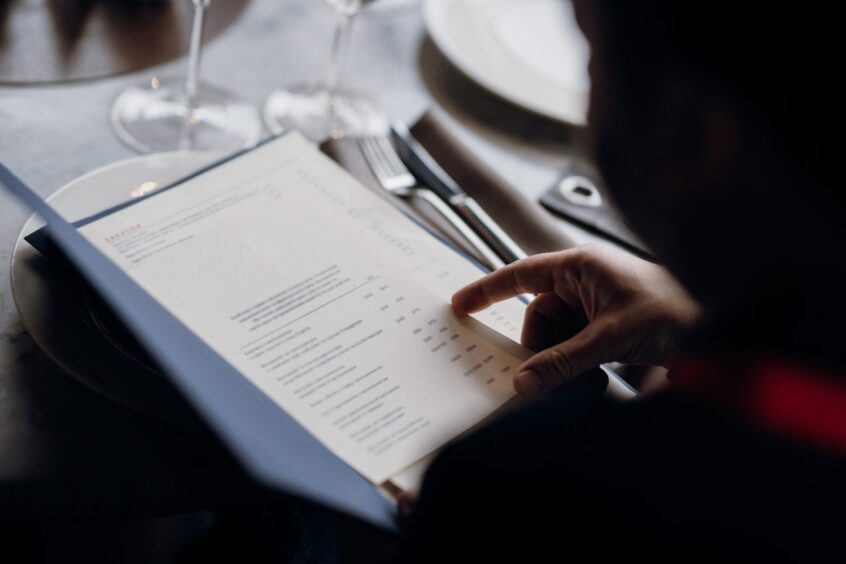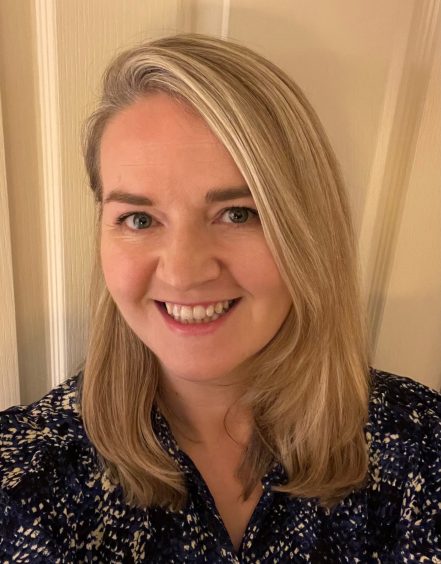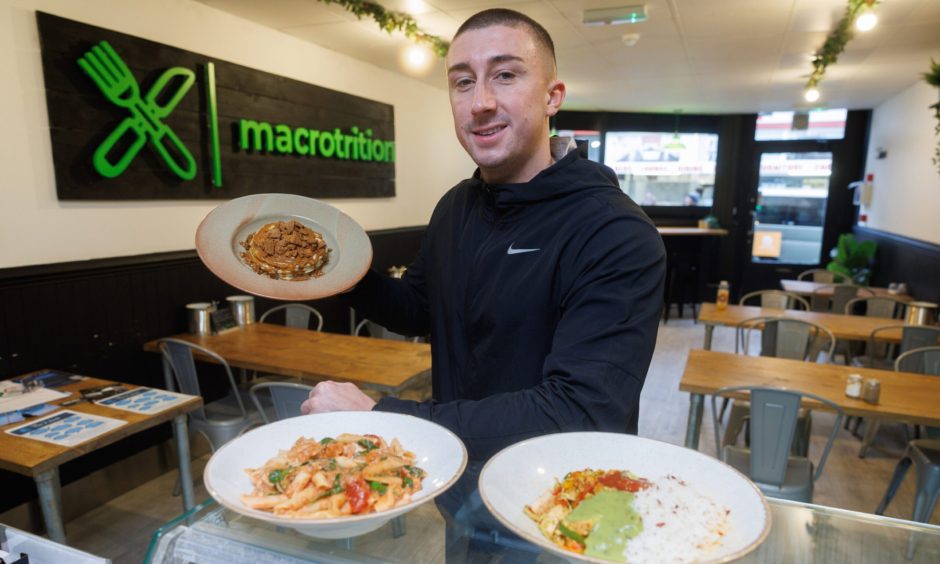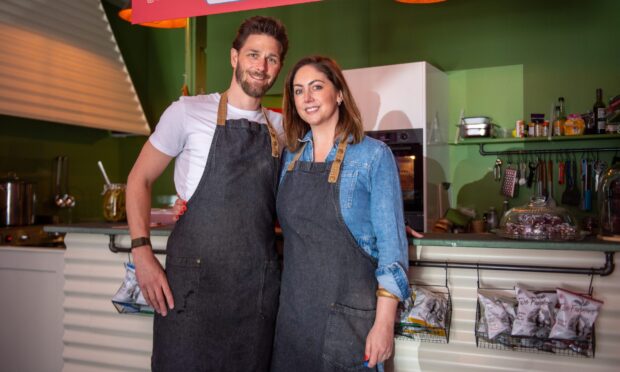Calories are listed on many menus across Scotland, but this can cause distress to people suffering from eating disorders.
The labelling of calories is mandatory in many English eateries as part of the government’s strategy to tackle obesity.
In Scotland, however, a decision is yet to be made.
Some eateries though have already adopted the same change as down south.
Rebecca Wojturska, who lives in Dalgety Bay, Fife, has recovered from anorexia and bulimia. She says the inclusion of calorie counts on menus is difficult for others like herself who have experienced eating disorders.
The 34-year-old says: “I find it quite frustrating.
“Last night my partner and I went out for food for Valentine’s Day. And it was just the local pub and I noticed they had calories on their menus now.
‘I can’t eat it if I see them [calories].”
Rebecca Wojturska
“It means that I can’t read through the options. My partner has to do it for me.
“The reason for that is I can’t eat if I see them.
“Even though I am fresh out of a recent batch of recovery, I find that it triggers that calorie counting mindset.
“It makes me sad as well. One of the big joys of going out is reading the menu, and seeing all the different options.
“Not being able to do that takes the fun out of it a wee bit.”
Increased risk of triggering calorie counting spiral
“There’s been times when it makes me less likely to eat out,” admits Rebecca.
“People with eating disorders sometimes avoid eating out anyway. So when there’s an additional stress around that, it can make you less likely to.
“I’ve definitely not been eating out as much.”
Rebecca says many with eating disorders will be reconsidering or avoiding eating out thanks to calorie counts on menus.
“I’m in a stronger place where I can take the risk,” she says.
“But there are going to be people more vulnerable who can’t take that risk.
“Because seeing calorie information can undo their recovery and instantly trigger that calorie counting which can be the start of that spiral.
“It is too risky for many people, particularly with anorexia.”
The solution, says Rebecca, is providing an option for all nutritional information for those who want it.
“We’re conflating healthy eating with calorie counting,” adds Rebecca.
“I think the standard should be no information, but you can request it.
“But I don’t think it should just be calories, because I think that is a harmful, reductionist way of looking at nutrition.
“Menus should be available with nutritional information – like protein and carbohydrates – but as an option and with full information, not just calories.
“Calorie counting has such a history of fat shaming, which is one of the reasons we have so many eating disorders.”
Calorie labelling on menus ‘incredibly harmful’
Kirsty Pavey, national lead for eating disorder support charity Beat, says that calorie labelling has a negative effect on those with eating disorders.
She says: “Calorie labelling on menus can be incredibly harmful for people unwell with or vulnerable to eating disorders, as it can worsen feelings of guilt and stress, leading to harmful eating disorder behaviours such as restricting food, binge eating or compensating for food eaten.
“While eating disorders are complex and don’t have one sole cause, displaying calories on menus often makes recovery much more challenging and can keep people unwell for longer.
“Calories on menus are already mandatory in cafes, takeaways and restaurants with over 250 employees in England.
“As the UK’s eating disorder charity, we’ve seen the damage this has done, and have been supporting people through this difficult change.
“It’s crucial that the Scottish Government does not repeat the same mistake and that they instead prioritise health policies that protect people with eating disorders.”
What is the argument for calories on menus in Scotland?
Jack Parr runs health food empire Macrotrition, which recently announced expansion into Dundee.
Jack, formerly a personal trainer, believes that calories are a useful tool for weight loss.
“I think there’s two sides to this story,” he says.
“In my personal opinion, I think it would be a positive change for the UK because of the number of people who are obese.
“What we are trying to tackle is obesity, which is a global pandemic, especially in Scotland.”
According to Obesity Action Scotland data released in February 2023, 29% of Scottish people are obese, compared with 13% worldwide.
“I am completely for having calories on the menu in Macrotrition,” Jack continues, “and I am for it in other restaurants too because people don’t understand what they’re eating sometimes.
“You can go to a place and think it is reasonably healthy, and then look at the menu and the calories are ridiculous.
“Take a Caesar salad, which is a prime example.”
Jack believes that calorie labelling could actually be helpful for people in recovery from eating disorders.
“When I was a personal trainer, I worked with people with eating disorders,” he says.
“And it gets to a point when they are recovering where they see calories in a positive way, because they see they need to eat that extra amount to put on a little bit of weight.”
Scottish Government ministers have taken a “pause” before making their final decision on mandating calorie labelling on menus
A Scottish Government spokesperson said they will use this time to “better understand the lived experiences of those with an eating disorder”.
If you’re worried about your own or someone else’s health, contact Beat on 0808 801 0432 or via email on Scotlandhelp@beateatingdisorders.org.uk.














Conversation